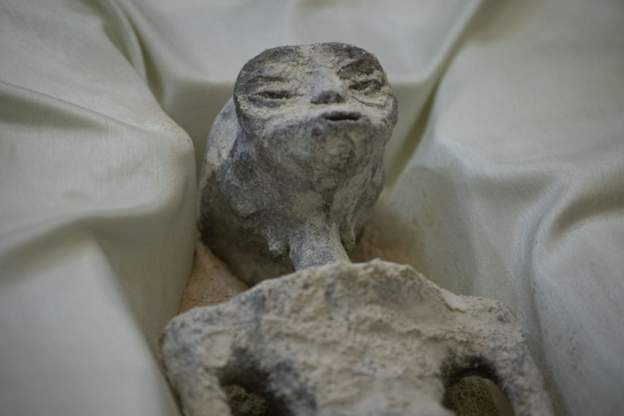-

-
-
Loading

Loading

A recent report by NASA concluded that there is no evidence to suggest that aliens are behind the hundreds of UFO sightings that have been observed. However, the report also stated that the possibility of extraterrestrial involvement cannot be completely ruled out. The report outlined NASA's plans to investigate these Unidentified Anomalous Phenomena (UAPs) using advanced technology and artificial intelligence. NASA's administrator, Bill Nelson, emphasized that the agency will lead the research into UAP incidents and will make the data more transparent. The report, which consists of 36 technical and scientific pages, stated that there is no reason to believe that these sightings are from extraterrestrial sources, but it acknowledged that the objects would have had to travel through our solar system in order to reach Earth. Although the report did not confirm the existence of extraterrestrial life, it did not dismiss the possibility of unknown alien technology operating in our atmosphere. The lack of high-quality data is identified as a significant challenge in understanding UAPs, according to Nicola Fox, the associate administrator for NASA's Science Mission Directorate. To address this issue, NASA has appointed a new director of UAP research who will establish a comprehensive database and employ AI and machine learning techniques to analyze data. The report also mentioned a recent incident in which photographs of alleged extraterrestrials were presented to Mexican authorities. However, the authenticity of these specimens has been met with skepticism among scientists. Dr. David Spergel, a NASA scientist, suggested that the samples should be made available to the scientific community for further investigation. The identity of the new UAP research director remains unknown, as NASA aims to protect them from potential public harassment. The report highlighted the importance of artificial intelligence and machine learning in identifying UAPs, and also emphasized the significance of public involvement in understanding these phenomena. In an effort to gather more data, NASA plans to use crowdsourcing techniques and smartphone apps to collect reports from citizen observers worldwide, as the current system for organizing and aggregating civilian UAP reports is inadequate.